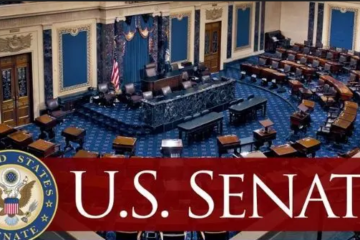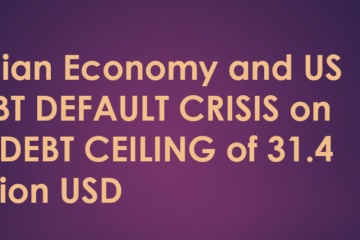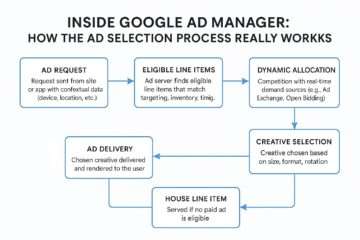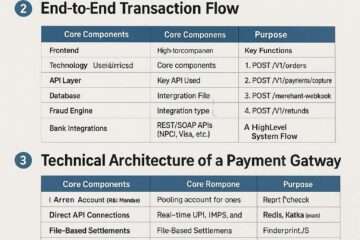
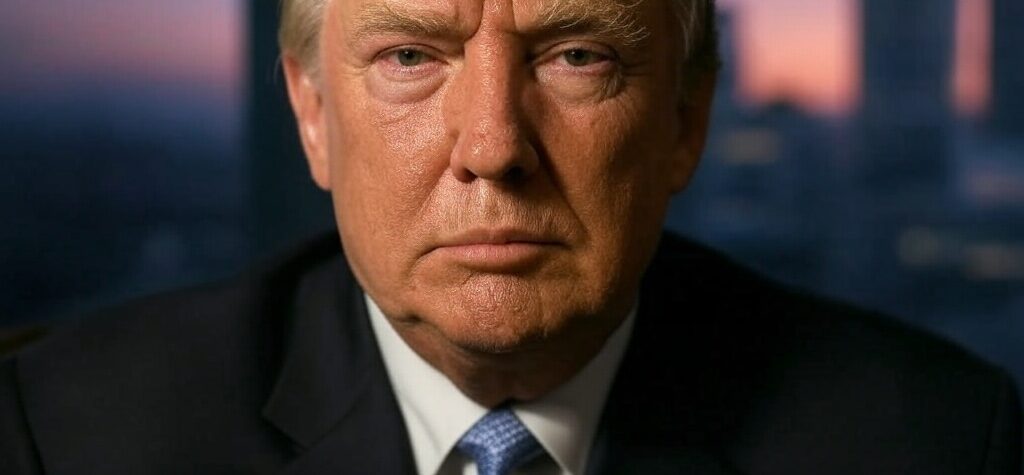
The Trump tariff war with China has escalated into a defining economic battle, reshaping global trade and affecting the U.S. economy and Chinese economy in profound ways. With U.S. tariffs soaring to 54% on Chinese imports and China retaliating with 34% duties on American goods, this trade conflict is intensifying. This article dives into the origins of the tariff war, its current state, and its far-reaching economic impact on both nations.
What Sparked the Trump Tariff War with China?
The Trump tariff war began during his 2016 campaign, targeting the U.S. trade deficit with China, blamed on unfair practices like intellectual property theft. In 2018, Trump imposed tariffs on $50 billion in Chinese goods, triggering retaliation. A shaky “Phase One” deal in 2020 failed to resolve tensions. By 2025, Trump’s second term has ramped up the stakes, with a 10% baseline tariff on all imports and a 54% rate on Chinese goods effective April 9. China countered with 34% tariffs on U.S. imports starting April 10, plus export controls on rare earths. This trade war escalation reflects Trump’s “America First” agenda and China’s push to protect its export-driven growth.
How the Trump Tariff War Affects the U.S. Economy
The tariff impact on the U.S. economy is multifaceted, balancing short-term costs with long-term goals.
- Rising Consumer Prices: Past data shows U.S. consumers footed the bill for tariffs, with import costs spiking. In 2025, the Tax Foundation estimates Trump’s tariffs equate to a $1,900 annual tax per household—the highest since 1982. From electronics to iPhones (potentially $2,300), everyday goods are pricier, hitting budgets hard.
- Inflation and Recession Fears: Experts predict tariffs could boost U.S. inflation by 2.3%, per the Center for American Progress, challenging the Fed’s 2% target. J.P. Morgan raises recession odds to 60% by year-end, as global trade disruptions and stock market drops (Dow, Nasdaq, S&P 500 down 7-10% in a week) signal trouble.
- Job Market Shifts: Trump claims tariffs boost manufacturing, but a 2021 Carnegie study found 245,000 jobs lost in his first term due to retaliation. While steel may gain, industries like tech and automotive face layoffs as tariff costs rise.
- Supply Chain Changes: U.S. firms are shifting from China to Vietnam and Mexico, but higher costs in these markets may still inflate prices, diluting tariff benefits.
Tariff War’s Impact on the Chinese Economy
For China, the Trump tariff war threatens its export-reliant economy, though resilience is emerging.
- Export Slump and GDP Hit: The Economist Intelligence Unit predicts a 20-point U.S. tariff hike could cut China’s GDP growth by 0.6 points through 2027, with a 60% tariff scenario slashing it by 2.5 points. X posts suggest a 30% export drop to the U.S., reducing total exports by 4.5% and GDP by 1.3%.
- Factory Exodus: Low-margin manufacturers are moving to Vietnam, risking millions of jobs. Stanford’s 2018 data estimated 3.5 million manufacturing jobs lost in the last trade war—a trend worsening in 2025.
- Domestic Pivot: China’s trade reliance has fallen from 60% of GDP to 37%, with focus shifting to domestic consumption and trade with the EU and Mexico. A weaker yuan aids exporters, softening the tariff impact.
- Limited Countermeasures: China’s $20 billion in retaliatory tariffs pale against the $450 billion in U.S.-targeted goods, showing trade asymmetry. Cash-strapped local governments struggle to subsidize exporters.
Global Trade and Economic Outlook
The Trump tariff war with China risks a no-win scenario. The U.S. economy faces stagflation—slow growth with inflation—while the Chinese economy battles export declines. The IMF warns of a global recession, with allies like Canada and the EU retaliating against U.S. tariffs, isolating America further.
Trump may use tariffs as leverage for a deal with Xi Jinping on trade, fentanyl, or TikTok (deadline May 27, 2025). China hints at talks but prepares for a long haul. The economic impact depends on whether this brinkmanship leads to negotiation or a deeper trade war.
Conclusion: Navigating the Trump Tariff War
The Trump tariff war with China, as of April 7, 2025, is a high-stakes clash with no clear victor. For the U.S. economy, it promises manufacturing gains but delivers consumer pain and instability. For the Chinese economy, it tests endurance amid export losses. As global trade hangs in the balance, both nations—and the world—brace for turbulent times ahead.


















































